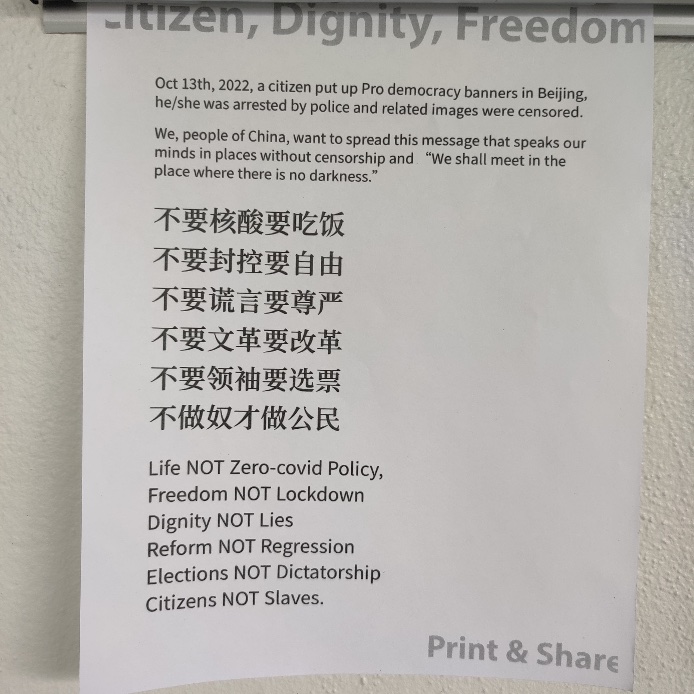The first time I read Zhuang Zi's (ca. 4th c. BC) debate with Hui Zi (370-310) about "The happiness of fish", when I got near the end I had an epiphany. I felt like I was reading a debate between two Greek philosophers. Here it is:
Zhuāng Zi yǔ Huì Zi yóu yú Háo liáng zhī shàng. Zhuāng Zi yuē: "Shūyú chū yóu cóngróng, shì yú lè yě." Huì Zi yuē: "Zǐ fēi yú, ān zhī yú zhī lè?" Zhuāng Zi yuē: "Zǐ fēi wǒ, ān zhī wǒ bù zhī yú zhī lè?" Huì Zi yuē: "Wǒ fēi zǐ, gù bù zhī zǐ yǐ; zǐ gù fēi yú yě, zǐ zhī bù zhī yú zhī lè quán yǐ." Zhuāng Zi yuē: "Qǐng xún qí běn. Zǐ yuē 'Rǔ ān zhī yú lè' yún zhě, jì yǐ zhī wú zhī zhī ér wèn wǒ, wǒ zhī zhī Háo shàng yě."
莊子與惠子遊於濠梁之上。莊子曰:「儵魚出遊從容,是魚樂也。」惠子曰:「子非魚,安知魚之樂?」莊子曰:「子非我,安知我不知魚之樂?」惠子曰:「我非子,固不知子矣;子固非魚也,子之不知魚之樂全矣。」莊子曰:「請循其本。子曰『汝安知魚樂』云者,既已知吾知之而問我,我知之濠上也。」 (source: 17.13)
Master Chuang and Master Hui were strolling across the bridge over the Hao River. "The minnows have come out and are swimming so leisurely," said Master Chuang. "This is the joy of fishes."
"You're not a fish," said Master Hui. "How do you know what the joy of fishes is?"
"You're not me," said Master Chuang, "so how do you know that I don't know what the joy of fishes is?"
"I'm not you," said Master Hui, "so I certainly do not know what you do. But you're certainly not a fish, so it is irrefutable that you do not know what the joy of fishes is."
"Let's go back to where we started," said Master Chuang. "When you said, 'How* do you know what the joy of fishes is?' you asked me because you already knew that I knew. I know it by strolling over the Hao."
Read the rest of this entry »

